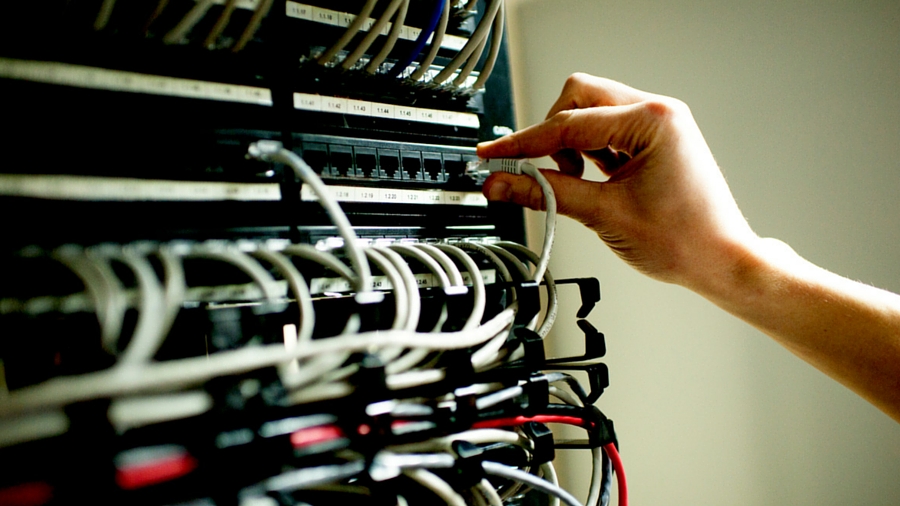How to make your data centre greener
We all need to cut our carbon footprint before it's too late
Rip it up and start again
Does going green mean tearing down an inefficient data centre and building a more efficient one? "Green features can certainly be retrofitted to old data centres, if you take a careful approach," says Manning.
He points to his firm's Gatehouse data centre in Norwich. This 20-year-old data centre was stripped back to bare walls and had the interior completely redesigned, replacing the M&E infrastructure with new, leading edge, environmentally efficient equipment.
"Amongst other initiatives, we installed LED lighting throughout – saving 90% on lighting energy. A free cooling plant provides over 300 days of cooling per year to the IT equipment without having to run chillers," he says.

Cool for cats
Cooling is another cause of energy consumption for data centres. Years ago, many data centres weren't even practicing hot/cold aisles (where you orientate two rows of racks in a row facing the cold air grilles) as electricity was still relatively cheap and the solution to cooling a data floor was massively over-specifying the cooling capacity.
Bedell-Pearce says that evaporative cooling has been something of a revelation. "While initially sceptical, we trialled it in our UPS room and as it was such a huge success, we rolled it out in our main data floor. By 2012 we were one of the first data centres in the UK to be running an evaporative cooling system which brought our PUE below 1.14 – one of the lowest not only in the UK, but the world."

Fight the power
One way to cut down on power requirements could be by using artificial intelligence. Manning says that data centres using AI for management will be able to automatically balance cooling against load, alert personnel if a piece of equipment needs maintenance, report on its own efficiency and configure itself without the need for manual intervention.
"AI developments will eventually replace traditional DCIM tools by doing everything existing tools do but doing it better and without needing people to intervene. I believe this will be one of the major areas of innovation in data centre environmental management over the next two to three years," he says.
Are you a pro? Subscribe to our newsletter
Sign up to the TechRadar Pro newsletter to get all the top news, opinion, features and guidance your business needs to succeed!
Pulsant's group CTO, Matt Lovell, says in the next 12 to 18 months there will be a greater emphasis on how we enhance performance and effectiveness as measured by lower carbon consumption through the optimisation of existing, implemented systems.
"We will observe much greater focus on incremental optimisation from existing systems and how we can fine-tune existing environments through the use of emerging dynamic imaging, systems control, data capture and monitoring tools to automate condition responses and maximise utilisation of compute, storage, memory and network resources," he says.
"The data centre operator will play a more extrinsic role within this strategy as they regulate the environmental conditions which further reduces the carbon footprints of associated mechanical and electrical systems."
It is clear that as data centres are major power users, they will be in the spotlight as far as environmental concerns go. Putting green measures in place now could help data centres avoid the wrath of the green lobby.